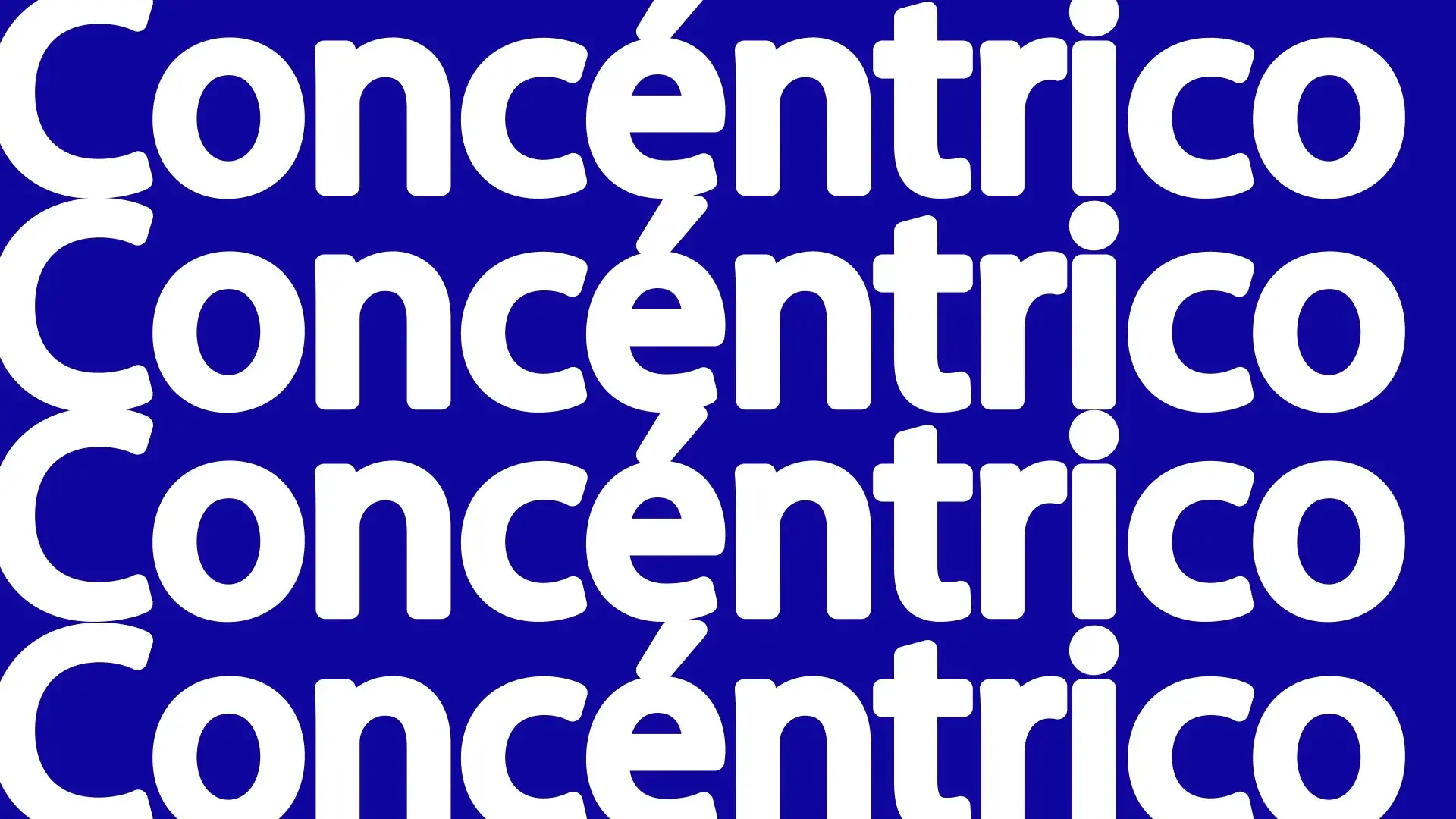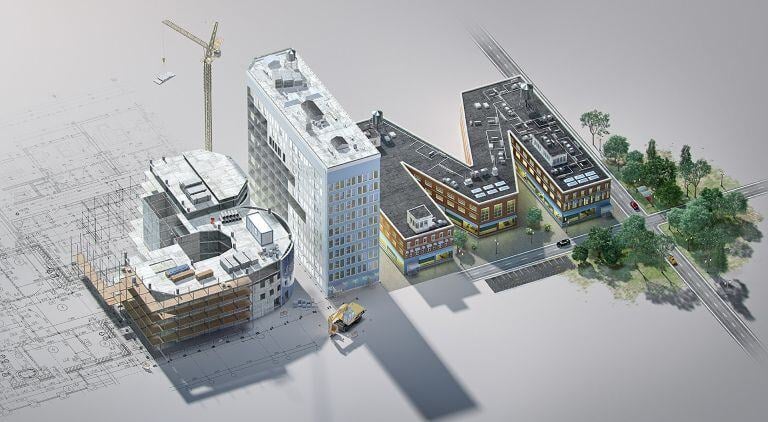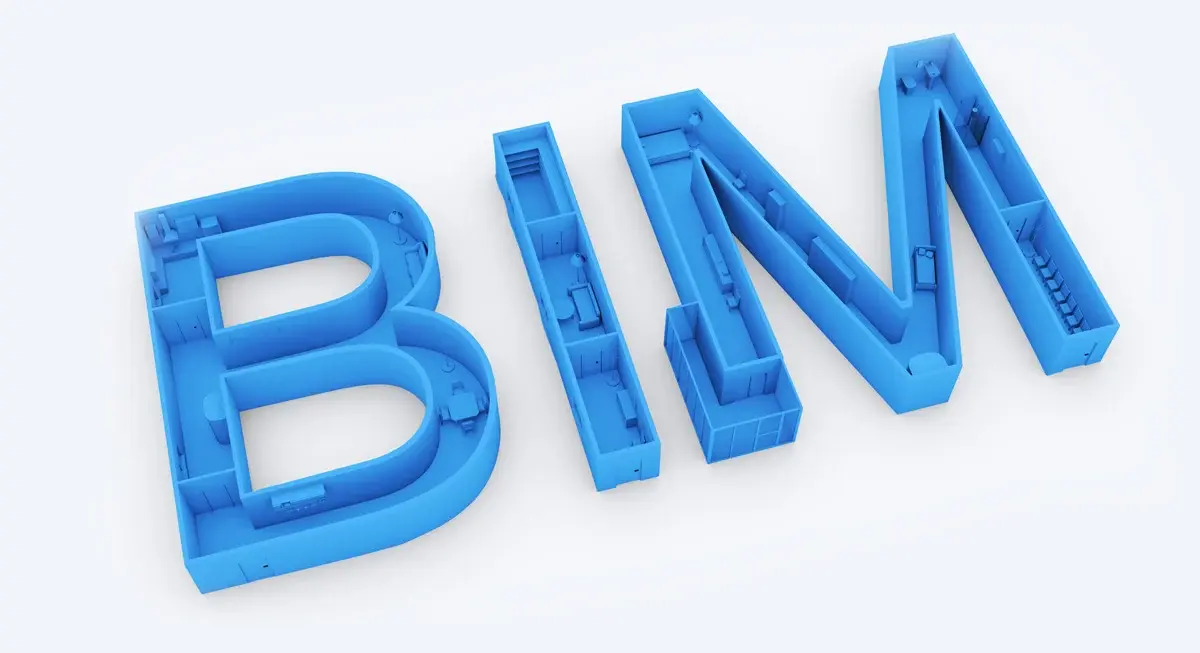
Bringing together community, culture, and identity, public spaces across Logroño become vibrant hotspots during Concéntrico—an architecture and design festival. Founded in 2015 by architect Javier Peña Ibáñez, the festival will celebrate its 11th edition in 2025. Supported by both local institutions and international cultural organisations such as the Goethe-Institut and Institut Français, Concéntrico has grown into a platform for bold and innovative ideas.
Taking place from 19–24 June 2025, the festival aims to reconnect people with their urban environment. In this blog, we’ll explore what makes Concéntrico a magnet for architects and designers from around the world—and why its 11th edition is shaping up to be the most ambitious one yet.
Concéntrico 11: What’s New in 2025
2025 is shaping up to be a big year for architecture—a revival that’s hard to ignore.
As the world grapples with climate change, fast-paced urban growth, and ever-evolving tech, architecture is stepping up—not just reflecting these shifts, but helping guide us toward a more sustainable and inclusive future.
This year’s lineup of architectural events (such as the Osaka Expo, London Design Biennale, and more) is packed with opportunities to dive into the field’s transformative potential, with everything from bold festivals to eye-opening exhibitions tackling the big cultural and environmental questions of our time.
Also Read:
A Walk Through The London Design Biennale

This year’s open call for pavilions was shaped around three thematic threads: Objects in the City, Third Landscape, and Picnic in the Vineyard.
Out of all the submissions, four standout projects were chosen. Three of them will pop up across different spots in Logroño, while the fourth will head to Bucharest as part of Romanian Design Week, showing just how far the festival’s reach and impact are spreading.
Here’s a look at all the winning projects set to take the spotlight at Concéntrico 11.
Objects in the City
Recycling the Ecology of Abad (Iker Abad Aguirre, Jon Abad Aguirre) — Spain

This project reimagines how we relate to artificial ecosystems in urban spaces. Instead of following the typical circular economy playbook, it challenges the status quo and explores more meaningful, less human-centred ways to be ecological.
Drawing inspiration from the natural symbiosis between living organisms, the design cleverly connects with existing urban structures. The result? A fresh, hybrid approach that puts interaction and connection ahead of pure aesthetics.
Also Read: Triennale Milano's 24th International Exhibition - Inequalities
¡Me Apunto! by Studio An-An (Zixuan Luo, Bella Wu) — United States (Bucharest)

Me Apunto! is all about bringing people and trees closer together. The project introduces modular benches that wrap around trees, turning them into friendly companions for passersby
These adaptable seats invite everyday moments with nature. Whether it’s sitting, resting, or just pausing to enjoy the shade. It’s a simple but powerful way to encourage connection and a renewed emotional bond with the city’s greenery.
Third Landscape
The Battle of the Borneo Planetary Gardener (Antonio De Paola, Flavio Mancuso, Antonio Seghini) — Germany

This project draws inspiration from Gilles Cléément’s concept of a “planetary garden” where humans see themselves as caretakers of biodiversity.
It envisions the city as a place for exploring new ways of co-existing with the environment. The pavilion is designed as a veranda. It turns an overlooked space into a Third Landscape—a haven for biodiversity right in the heart of the city.
The pavilion provokes thoughts about the responsibility each visitor has in protecting the planet. Ultimately, the goal is to generate a renewed sense of awareness and collective responsibility for a sustainable and inclusive future.
Picnic in the Vineyard
Earth Cooking by JMBAD (Joseph Melka, Balthazar Auguste-Dormeuil) — France

Earth Cooking is an interactive pavilion where food, craft, and sustainability come together in a shared space.
Visitors get a chance to experiment with the local clay, shaping their own ceramic pieces. These eventually become dishes for a communal meal cooked right there on-site.
Inspired by traditional cooking practices, the project reconnects us with the earth in a tangible way, closing the loop by returning the ceramics to the soil afterwards.
It’s more than just a meal, it’s a celebration of local craft, shared creation, and the joy of coming together.
Also Read: Milan Design Week - The Essence of Architectural Design

One of the most exciting additions this year is the introduction of a permanent project—a first for the event. Construction is set to begin in 2026 in Madrid, Spain.
The project is part of a new initiative to create a permanent “Urban Climate Island” on the lake at Parque Felipe VI, a public park in Madrid.

The winning design, called Al agua patos, comes from the Madrid-based architecture studio K37.lab.
The team—Carlos Iraburu Elizalde, Álvaro Oriol, José Rodríguez-Losada, and Carlos Iraburu Bonafé—stood out with a proposal that blends creativity, sustainability, and a playful sense of place.
Conclusion
So, architects and designers, ask yourself: How do you want your city to feel? And how can your skills help you achieve that?
Novatr equips you with industry-relevant tools for real-world application. From parametric design to smart city planning, we'll help you master the technologies shaping modern cities
If you think you could use a little brushing up on your skills, take the next step and explore Novatr’s BIM Professional Course for Architects and the Computational Design Course.
Also, go through the Resource Page for the latest industry insights and updates while you’re at it! Stay ahead of the curve with Novatr!
Was this content helpful to you









.png)

